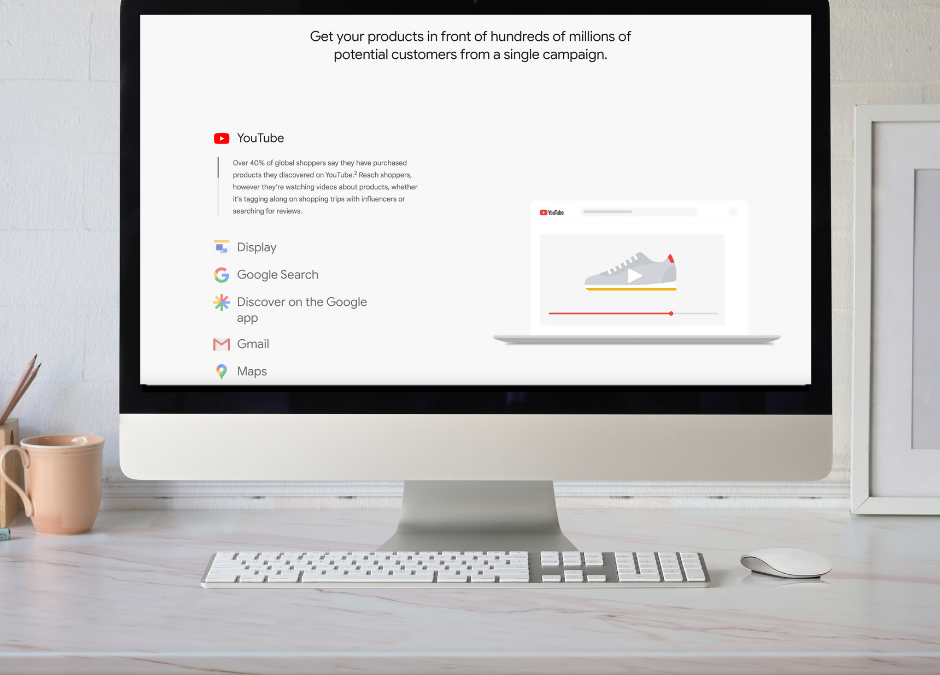Susie Vowinkel, managing director at Google Travel, recently went into detail in a Search Engine Land article about two of its most significant A.I.-driven marketing tools: Performance Max (PMax) and Search Generative Experience (SGE).
These are A.I. tools developed by Google to improve some of the most key elements that have built the tech giant’s online empire: digital advertising and search.
Importantly, each of these has to do with two different groups–the businesses (and marketers) that continually strive to get the attention of the searching consumers who, it seems, will be enjoying an entirely new search experience shortly.
But let us not forget that the people that are a part of those businesses advertising online, and the marketers that boost those efforts, are themselves consumers who will be experiencing the SGE. So in a way, the advent of Google beta-testing its integration of a search platform with generative A.I. has universal implications for Internet users of all backgrounds.
Inside Performance Max
Performance Max is likely already familiar to many of the people who use Google Ads for online marketing efforts. It has been around since July of 2023, after all, but Google is of course looking to draw more attention to it so that business owners and their marketing partners stay ever more reliant on Google for online marketing efforts.
Performance Max allows a business to “max”-imize the effectiveness of their ads by running ad campaigns across the many venues that belong to Google.
Google would like us to think of it as just a single campaign broadcast through many channels. It makes it simpler than ever for an advertisement to quickly launch on platforms as diverse as Google Maps and YouTube.
The marketer or business owner experiences simplicity in this endeavor because an A.I. algorithm handles the hard work of spreading the good news of an advertising campaign.
Why is Performance Max in Such Demand?
Part of the appeal is that Performance Max is able to digest an advertiser’s historical data to identify the correct place to display an ad. Specifically, what consumers’ eyes are worth the effort of getting in front of.
For the advertiser, this is meant to ensure that ad spending actually goes to reaching the real target audience, that being the consumers who are most likely to “convert” to a sale upon seeing the advertisement.
Vowinkel in her interview emphasizes the difference between manual and automated advertising campaigns. Basically, her pitch is that Google’s automated ad placement through Performance Max will increase customer acquisition and lower advertisers’ costs for earning sales through marketing efforts.
The ultimate message from Vowinkel is that advertisers ought to put their trust in the automated way of doing things, as the old manual way may leave the advertiser with missed opportunities that A.I. could have identified for the ad campaign.
One example she offers is predicting how consumers’ tastes will shift across the seasons.
Searching with Generative A.I. Using SGE
Many people, including a certain writer for Guardian Owl Digital, noted not too long after the debut of ChatGPT that the wild wonders of generative A.I. would in the future–most likely near future, given the pedal-to-the-metal clip that Silicon Valley advances its A.I. tools with–become wholly integrated into the search experience.
You did not have to be a genius to figure this out. Really, you just had to keep your attention spread far enough across the A.I. sphere to be aware of the New Bing, which was Microsoft’s first pass at creating a generative A.I.
It is most likely the New Bing, along with the blockbuster ChatGPT (which is kind-of-sort-of owned by Microsoft given the size of the Belle of Bellevue’s investment in the creator of ChatGPT, the nominal nonprofit OpenAI.)
That is what likely set Google into Red Alert and pour a ton of resources–time money energy and the like–into developing A.I. tools.
Bard never overtook ChatGPT in dominance, but it is likely that a Google search engine equipped with generative A.I. capabilities will be the dominant search engine, even if only because Google Search is already the dominant search engine.
What Will the SGE Do?
The whole purpose of the SGE is to offer the next level in the search engine experience.
Basically, Google and other relevant tech companies in search are looking to make the user experience when searching for information, products, services, etc. online feel more like a conversation.
In this conversation, it feels like you have a knowledgeable companion ready to offer recipes, directions, answers about the moon landing, and whatever else you can think of.
Vowinkel provides limited details on the integration of Google Ads with this new search experience, signified by SGE. However, Guardian Owl Digital will closely monitor this development for readers.


Recent Comments